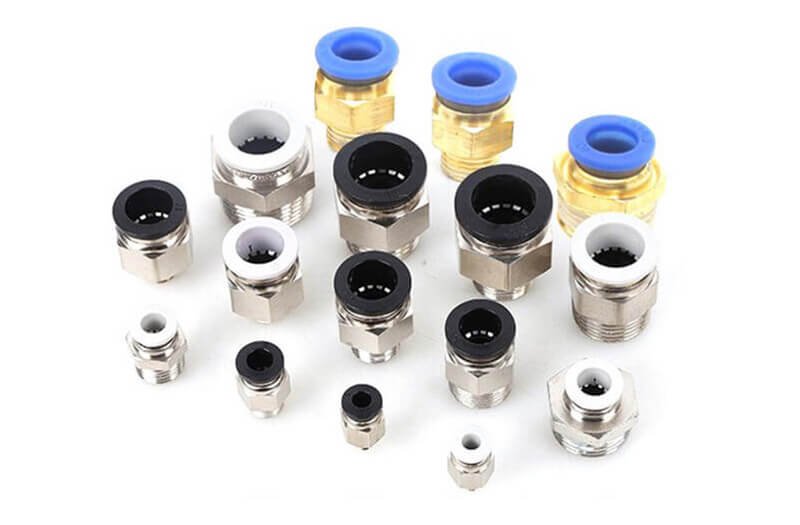Industrial automation has become the backbone of modern manufacturing, improving efficiency and reducing human intervention. Pneumatic systems play a significant role in this process, providing power for various automated machinery and tools. At the heart of these systems are pneumatic connectors, which are vital components that link different parts of the pneumatic system.
Without these connectors, it would be impossible to transfer air pressure, control airflow, and ensure smooth operation in automated systems. Pneumatic connectors ensure that all parts of the system work in unison, allowing industries to maintain consistent production with minimal downtime.
In this article, we’ll explore the role of pneumatic connectors in industrial automation and how they contribute to more efficient, reliable, and cost-effective operations.
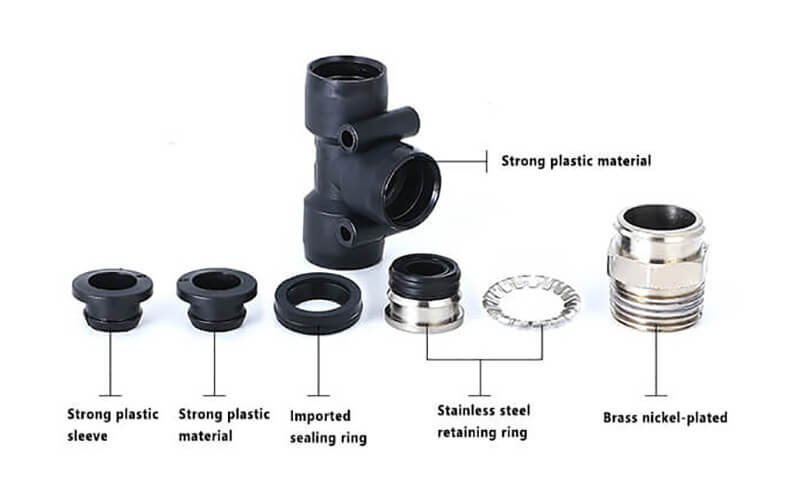
Key Components of Pneumatic Systems
A typical pneumatic system consists of several key components, all of which depend on pneumatic connectors to function properly. Here’s a look at the major elements:
1. Air Compressor
The air compressor is the heart of the pneumatic system. It converts electrical energy into compressed air, which provides the power needed for the system to operate. The compressed air is then directed through the system, and connectors are used to transfer this air from one component to another.
2. Pneumatic Tubing
Pneumatic tubing carries the compressed air throughout the system. Connectors are used to join various lengths of tubing, ensuring that air flows smoothly to all parts of the system. Tubing can be made from materials like rubber, plastic, or metal, and it’s chosen based on the pressure and temperature requirements of the system.
3. Pneumatic Valves
Pneumatic valves control the flow of compressed air in a system. They direct air to different parts of the machinery and are often used to start, stop, or regulate the airflow. Pneumatic connectors play a crucial role in connecting the valves to the tubing and other components, ensuring efficient airflow management.
4. Pneumatic Cylinders
Pneumatic cylinders use the pressure from compressed air to create mechanical motion, such as moving a piston or controlling machinery. Connectors are needed to link the cylinders to the tubing, valves, and other components in the system.
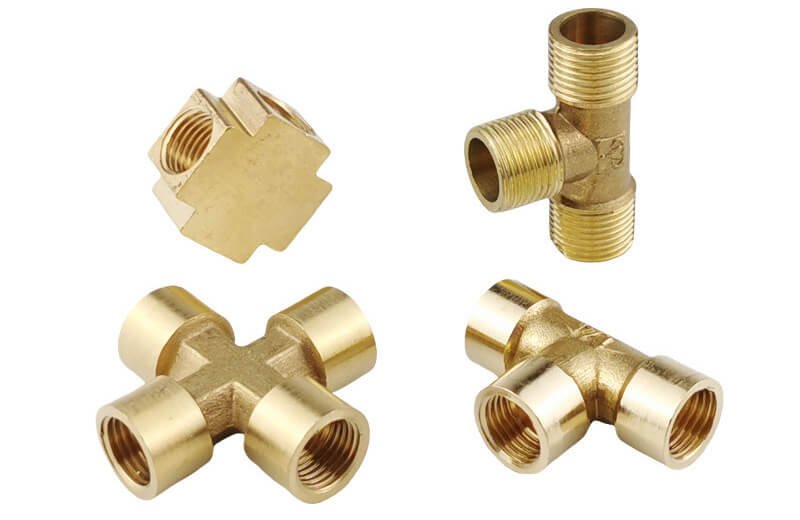
The Role of Pneumatic Connectors in Industrial Automation
Pneumatic connectors are essential in ensuring the smooth operation of industrial automation systems. These connectors link various parts of the pneumatic system, allowing air to flow effectively and ensuring that the machinery functions as intended. Here’s how pneumatic connectors play a key role in automation:
1. Ensuring Efficient Airflow
Pneumatic connectors ensure the continuous flow of compressed air through the system, which powers automated machinery. By creating secure connections between tubes, valves, and cylinders, these connectors help prevent leaks, maintain system pressure, and avoid any disruptions in the operation of automated equipment.
2. Minimizing Downtime
In industrial environments, downtime can be costly. Pneumatic connectors contribute to reliable performance, ensuring that the system runs without frequent interruptions. Quick-connect connectors and easy-to-use push-in types make installation, maintenance, and repairs faster, reducing the amount of time needed to keep systems running smoothly.
3. Safety and Leak Prevention
Properly installed pneumatic connectors are crucial for safety. They help prevent air leaks, which could lead to system inefficiency, increased energy costs, or even accidents. Leak-proof designs ensure that the pneumatic system operates efficiently, without losing air pressure, while also protecting operators from potential hazards.
4. Supporting Versatile Applications
Pneumatic connectors are used in various types of industrial automation applications, such as robotic arms, conveyor belts, and packaging systems. The connectors adapt to the specific needs of each application, ensuring that different systems can work together in a streamlined and effective manner.
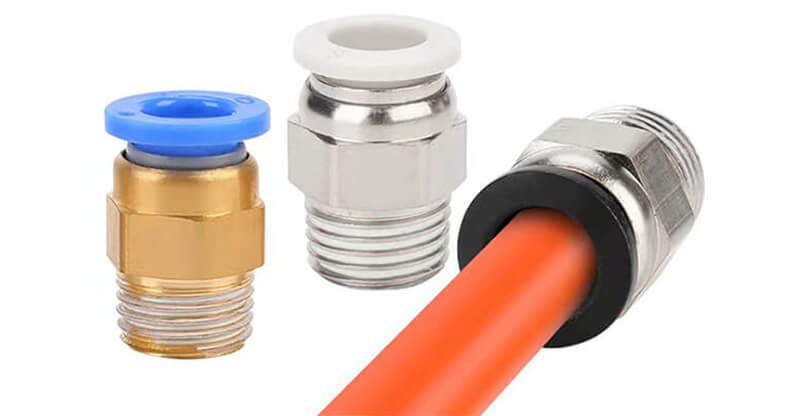
Choosing the Right Pneumatic Connector for Industrial Automation
Selecting the right pneumatic connector is essential for ensuring the optimal performance of an automation system. The right connector will ensure that the system operates efficiently, safely, and without leaks. Here are some key factors to consider when choosing the right connector:
1. Pressure and Temperature Ratings
Each pneumatic connector is designed to handle specific pressure and temperature ranges. It’s important to select connectors that can withstand the conditions of the automation system. For instance, high-pressure systems require connectors made from durable materials like brass or stainless steel to prevent damage under extreme conditions.
2. Compatibility with Tubing and Other Components
Ensure that the connector you choose is compatible with the tubing and other components in your system. The size of the connector must match the tube’s inner diameter, and the materials should be compatible to avoid damage or degradation. For example, using a connector designed for rubber tubing with a metal tube may cause leaks or system failure.
3. Ease of Installation and Maintenance
Some pneumatic connectors are designed for quick installation and removal, making maintenance easier and faster. Push-in connectors are ideal for systems that require regular disconnection or maintenance because they don’t require tools for installation or removal. For automated systems that need frequent adjustments, choosing connectors that are easy to install and replace can save valuable time.
4. Durability and Longevity
The durability of the connector is important for maintaining system reliability. Choose connectors that are resistant to wear, corrosion, and other environmental factors that could affect their performance. Stainless steel connectors, for example, are highly durable and ideal for harsh environments.
5. Type of Application
Consider the specific application of the automation system when selecting a connector. For instance, high-speed operations may require connectors that can handle rapid pressure changes, while applications with limited space may need compact connectors. Each automation system will have its unique requirements, so choosing the right connector is key to ensuring optimal performance.
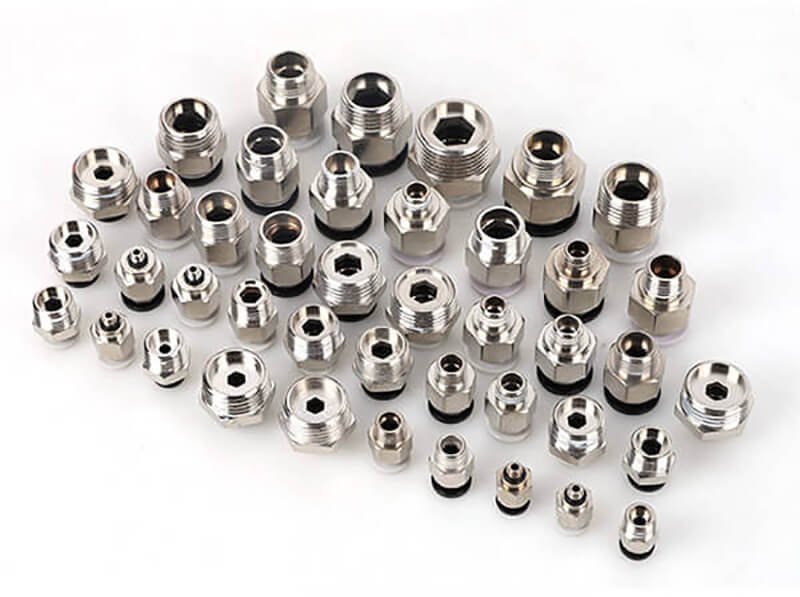
Challenges and Considerations
While pneumatic connectors are essential for industrial automation, there are several challenges and considerations that need to be addressed to ensure their effectiveness. Let’s take a look at some of these:
1. Air Leaks
One of the biggest challenges in pneumatic systems is air leaks. Even small leaks can lead to a significant loss of pressure, reducing system efficiency and increasing energy consumption. Proper installation of leak-proof connectors is essential to prevent this issue. Regular checks and maintenance are also crucial to ensure connectors remain tight and secure over time.
2. Wear and Tear
Pneumatic connectors are subjected to constant pressure and motion, leading to potential wear and tear. Over time, connectors can degrade, especially in environments with high pressure or fluctuating temperatures. Choosing high-quality materials like brass or stainless steel can help extend the life of connectors and reduce the likelihood of premature wear.
3. Compatibility with System Components
Not all pneumatic connectors are compatible with every system. It’s important to select connectors that work well with your specific pneumatic system components. Mismatched connectors can cause leaks, pressure drops, or even system failure. Ensuring that the size, material, and type of connector match the rest of the system is key to successful integration.
4. Maintenance and Accessibility
Some systems may require frequent disconnections for maintenance or upgrades. In such cases, easy-to-access connectors are necessary to facilitate quick replacements and repairs. Choosing push-in connectors or other quick-connect options can help reduce downtime and ensure smooth operations during maintenance.

Future Trends in Pneumatic Connectors for Automation
The field of pneumatic connectors is constantly evolving, and several exciting trends are shaping the future of industrial automation. Here are some of the key trends to watch:
1. Smart Pneumatic Connectors
With the rise of IoT (Internet of Things), pneumatic connectors are becoming “smart.” Future connectors may feature sensors and wireless connectivity, allowing for real-time monitoring of system performance. These smart connectors could detect leaks, monitor pressure levels, and even provide data on the condition of the system, making maintenance more proactive and less reactive.
2. Improved Materials for Greater Durability
As automation systems continue to operate under more extreme conditions, connectors made from advanced materials will become increasingly important. New materials may offer improved resistance to wear, corrosion, and high temperatures, ensuring longer-lasting connectors that can withstand harsh environments.
3. Miniaturization of Connectors
As industries move toward more compact and efficient automation systems, miniaturized connectors will become essential. Smaller connectors that don’t compromise on performance or durability will be in high demand, especially for applications where space is limited, such as in robotics and small-scale machinery.
4. Sustainability in Connector Manufacturing
There is a growing emphasis on sustainability in manufacturing, and pneumatic connector production is no exception. The future may see more environmentally friendly manufacturing processes and recyclable materials being used for connectors, reducing waste and improving the sustainability of automation systems.
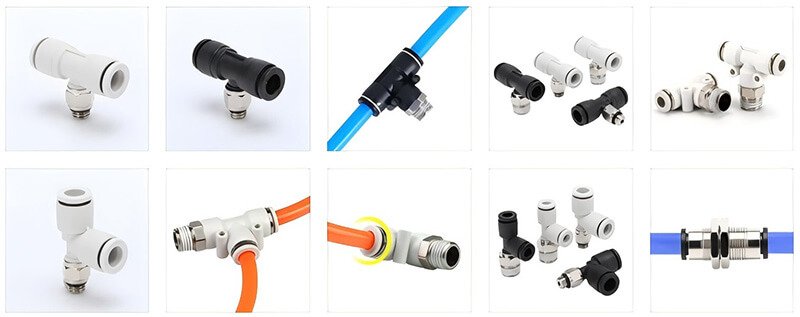
Conclusion
Pneumatic connectors are a fundamental part of industrial automation systems, playing a crucial role in ensuring efficient operation, safety, and reliability. These connectors help to link components of pneumatic systems, facilitate smooth airflow, and prevent issues such as leaks or downtime.
Choosing the right pneumatic connector is essential for system performance, and understanding the challenges, as well as the latest trends in the industry, can help businesses make more informed decisions. From ensuring leak-free connections to embracing new innovations like smart connectors, the future of pneumatic connectors is full of exciting possibilities that will continue to improve the efficiency and sustainability of industrial automation systems.

